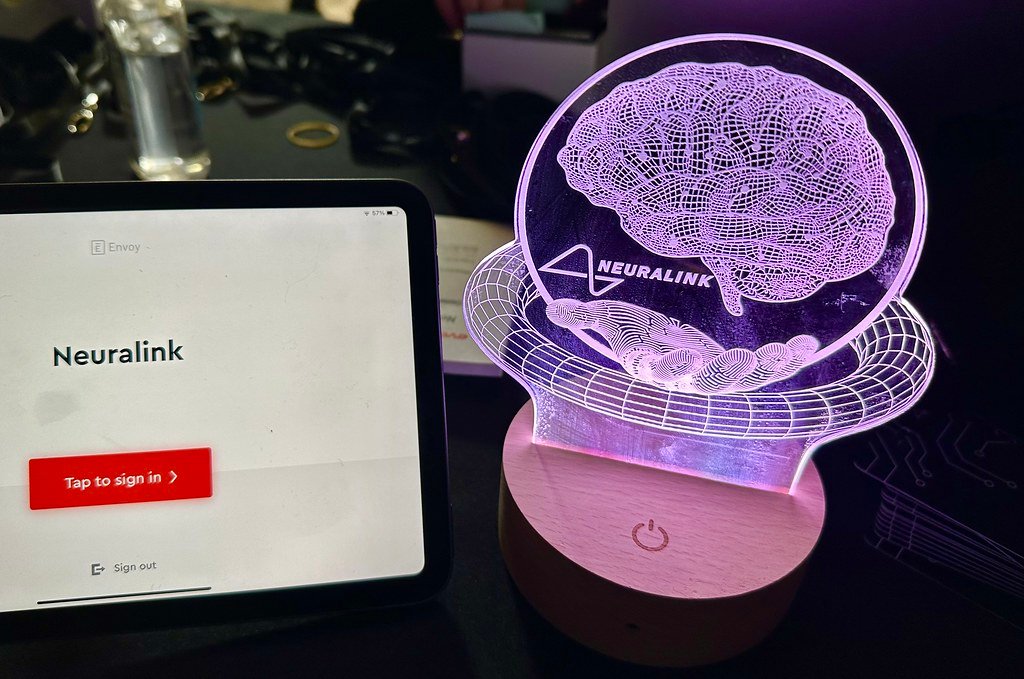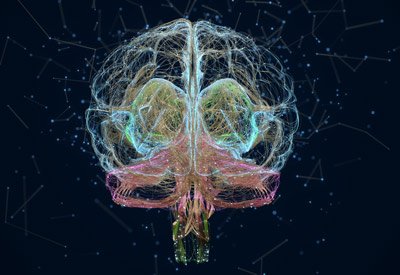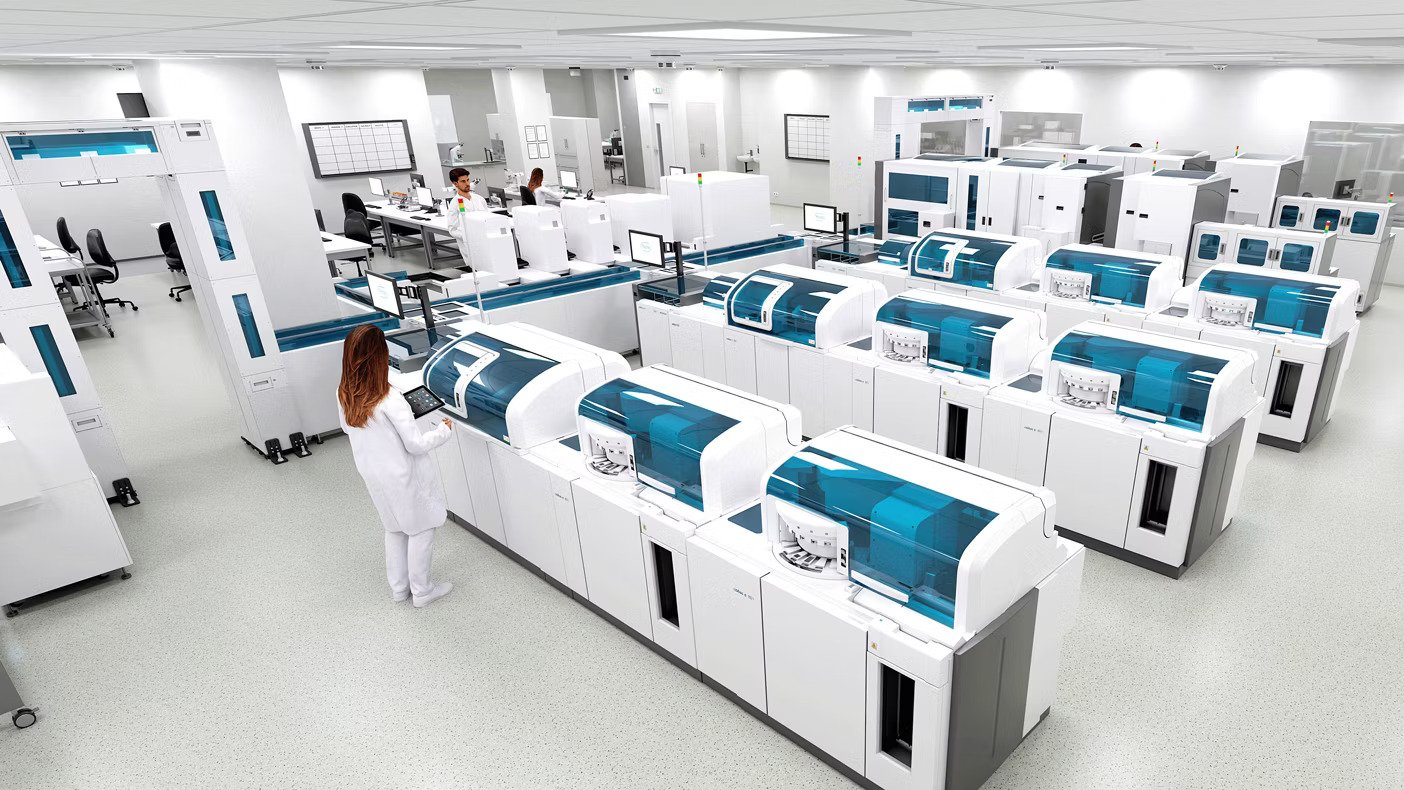We have spent centuries trying to understand how our brain functions. It’s only three pounds of tissue, yet it holds every thought we’ve ever had, every memory, every heartbeat, every emotion ever since we could remember. But let’s be honest- it is still one of the most mysterious and complicated things we’ve ever tried to understand. However, that’s finally starting to change now.
Artificial intelligence, used to be use a buzzword used in tech, but now is becoming a powerful tool in neuroscience. We are now using machines to not just study the brain but also to decode it. From analyzing complex brain scans to helping map the entire network of neurons, AI is taking what once had seemed impossible and now is turning it into reality.
Before, neuroscientists had to go through brain scans manually-looking at endless rows of MRI scans, trying to identify any abnormalities or even random patterns. This used to take hours or even days, and humans aren’t perfect, so majority tf the time the results were wrong. Now, deep learning models can help and process thousands scans in just one minute. Not only is it faster, but has a higher accuracy level as well.
For example, researchers have trained AI systems to help and detect early signs of Alzheimer’s using MRI data.l These systems could pick up microscopic details in the brain scans that doctors could’ve missed. One model by researchers at UCSF identified Alzheimer’s with 98% accuracy- sic years before traditional diagnosis methods could.
If you’ve been on the tech side of the internet recently, you’ve probably heard of Neuralink, this is Elon Musk’s brain-machine interface company. Even though it is newer technology, it has already made major breakthroughs that combine AI, neuroscience, and implantable hardware.
Neuralink has developed a small, coin-sized chip called the N1, which can be implanted into the brain. It’s connects to ultra-thin electrodes which then can read neural signals—and essentially, your brain’s electrical activity. These signals are then decoded by advanced AI algorithms in real time. This can allow people control a computer or phone just by thinking. But that’s not all. In January 2024, Neuralink implanted its device in a human patient for the first time. According to Musk, the patient was able to move a mouse cursor with simply just their thoughts. The chip was successfully interpreting brain activity by using machine learning.
Neuralink’s long-term vision is even more mind-blowing. They hope to help patients with paralysis regain motor function, allow the blind to see using digital signals, and maybe even boost memory and cognition. Musk said, Neuralink could one day offer “a symbiosis with AI.”
Even if you strip away the hype, the science is very real, and the implications are massive. It is a perfect example of how AI isn’t just analyzing the brain—it’s starting to communicate with it.
A normal human brain has around 86 billion neurons, and each one can form up to 10,000 connections. Mapping all of those connections is almost like trying to chart every single road and intersection in a universe-sized city- almost impossible!
However with AI, scientists are now able to scan and reconstruct parts of the brain at nanometer resolution. Lichtman Lab at Harvard and Google’s DeepMind worked together to build one of the most detailed 3D maps of brain tissue that has ever been created using machine learning. It involved reconstructing 50,000 cells and almost 130 million synapses from just a cubic millimeter of brain tissue. These maps help doctors and scientists figure out how diseases like depression, schizophrenia, and Parkinson’s actually affect the brain’s structure—something that’s been incredibly difficult, almost impossible-to measure until now!
AI models like neural networks were actually inspired by how the human brain works, by layering neurons and processing info as well as acquiring more knowledge over time. Ironically now, we’re using those very models to study the brain they were based off on.
As we uncover more and more about how the brain processes emotions, attention, and memories, those insights are feed back into AI development. Imagine an AI that can adapt, forget, remember, or even feel bad—well, sooner or later it would be able to as it is modeled after how we do it naturally.
Now AI isn’t just a helpful tool in brain research. It has become an essential part of our life. With brain-computer interfaces like Neuralink, high-resolution mapping projects, and predictive models for mental illness, we’re closer than we have ever been to understanding what makes us human, but still so far away. It’s not just about studying the brain anymore—it’s about interacting with it, enhancing it, and maybe even reprogramming it. Even though it may seem that AI cannot be able to read our minds, but it’s definitely getting close.
Subscribe to our newsletter!



